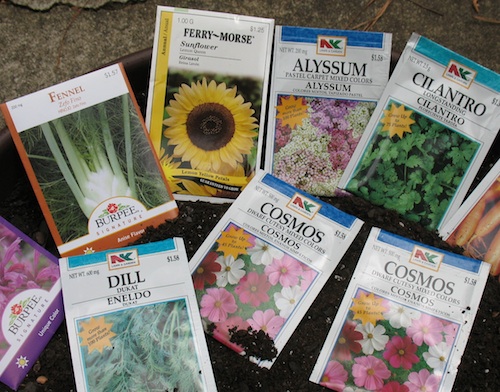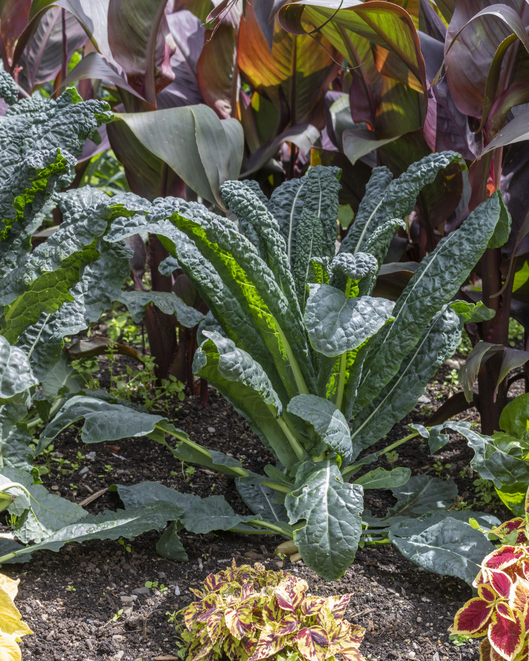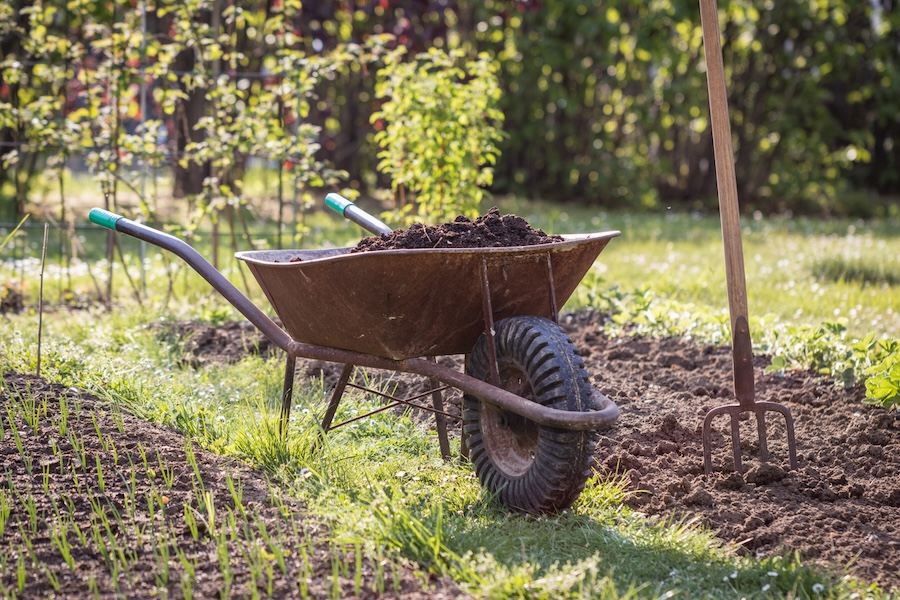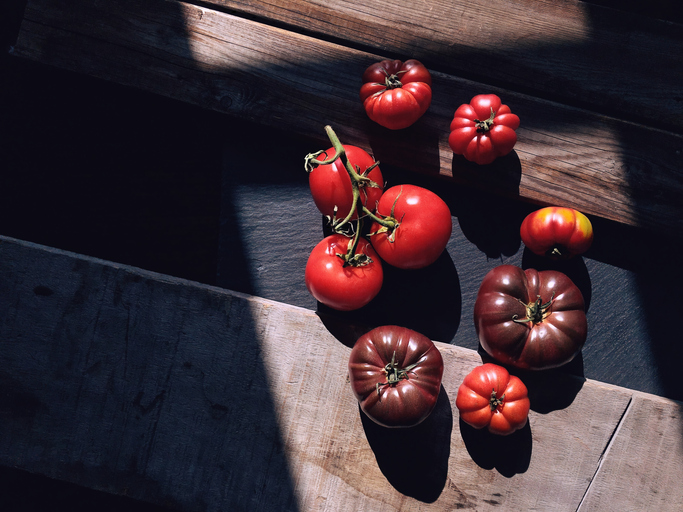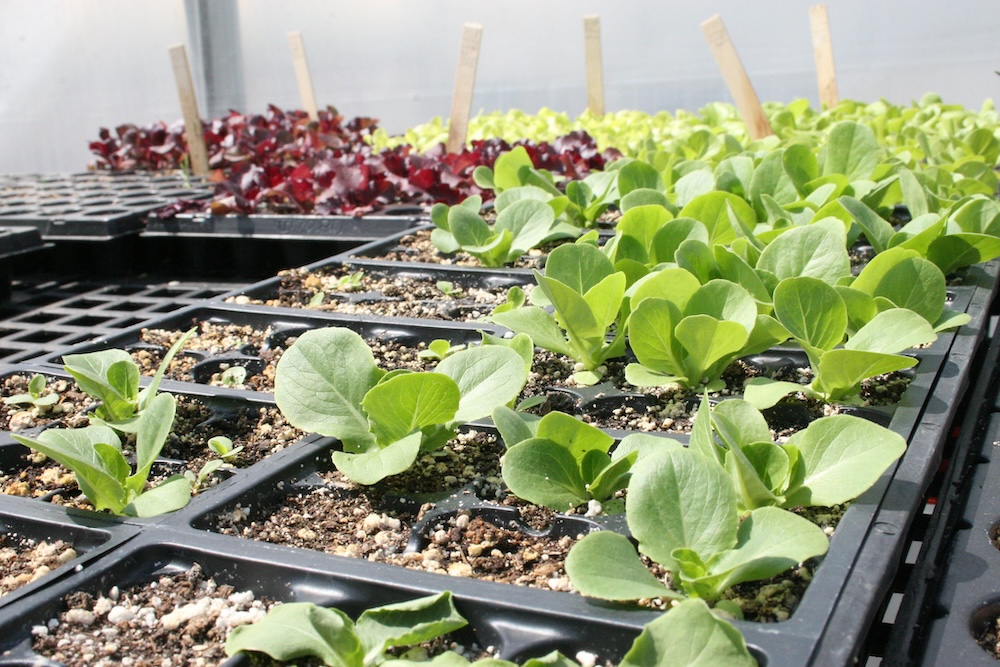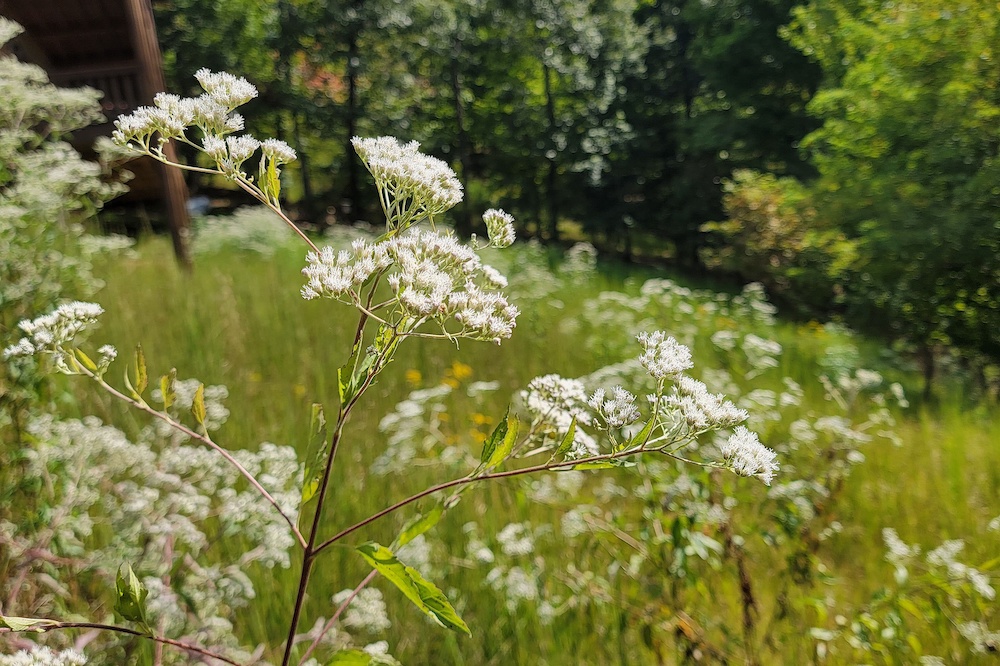Now is the time to browse seed catalogs and select the lucky winners that will find their home in your summer garden plot. Adventurous gardeners may want to try plants with improved characteristics like disease and drought tolerance, greater yield potential or other unique qualities.
Consider starting seeds indoors and growing your own transplants. Using this method allows you to try some new varieties of flowers and vegetables that are not available at local garden centers. Check catalogs produced by seed companies and try some new vegetable varieties that are easy to grow and mature quickly.
Don't be lured by pretty pictures
Before being lured by pictures of new and different plants, make sure the varieties you select are well adapted to the climate in your area. It is also wise to get advice from other gardeners about plants that do particularly well or have shown poor performance.
To be successful, set out seeds and plants at the right time of year in order to promote vigorous growth, minimize stress and reduce susceptibility to attack by insects and diseases.
Try heirloom varieties
Consider planting a few heirloom varieties that were once staples in the gardens of your parents and grandparents. Some of these heirloom vegetables have outstanding flavor and nutritional quality when harvested just moments before serving. Many heirloom types are also tolerant to a broad range of environmental stresses, including drought, and offer a broad resistance to pests.
To extend your harvest, plant vegetable seeds, such as lettuce, carrots, beans, corn, cucumbers and squash, every three or four weeks. Successional planting often results in plants that are better able to stand the stress of cooler temperatures. Later planting can also helps plants avoid some of the disease problems that happen in the humid months of early summer.
Plant tomatoes throughout the summer
Tomato plants are usually planted during the last two weeks of April and the first two weeks of May, but they can also be planted at anytime through early July. A second planting of tomatoes, or peppers, in late June or early July will provide fresh produce all the way through fall until the first killing frost.
For more information on planting a vegetable garden, contact your local University of Georgia Cooperative Extension office at 1-800-ASK-UGA1 or go to www.caes.uga.edu/publications.

